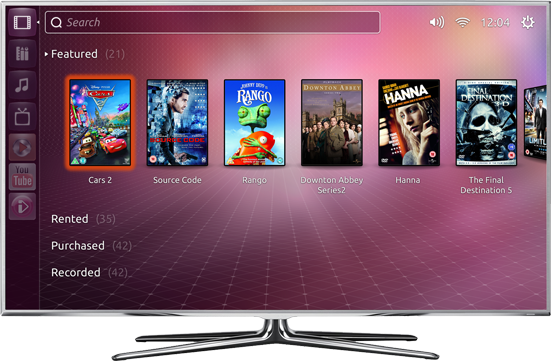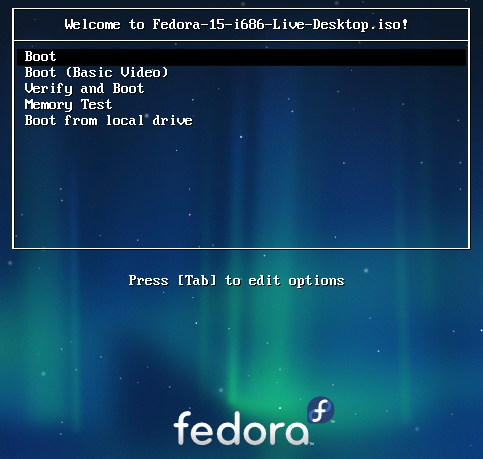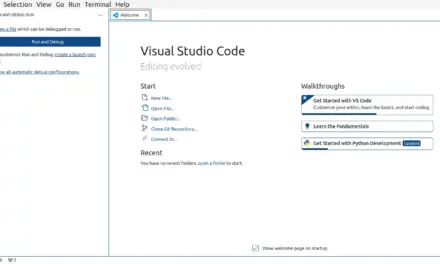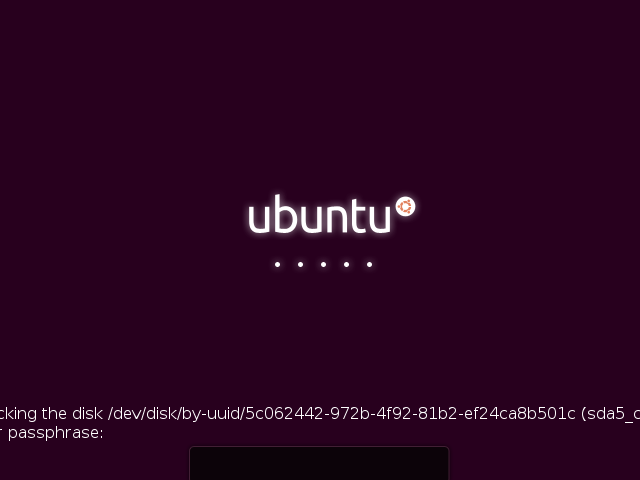Canonical, the company behind Ubuntu, the popular Linux distribution for desktops and servers, just announced Ubuntu TV, a version of the distribution targeted at OEMs and ODMs for use in connected TVs.
This is the company’s first step outside its core business segment, into one where several other connected TV platforms are jockeying for dominance. On the hardware side, Ubuntu TV is designed for ARM and x86 boards, with support for local storage (minimum disk space is 2 GB). There is also support for satellite, cable and terrestrial broadcast TV, wired and wireless (b/g/n) network connectivity, and HDMI. Depending on the chipset, it can also support playback of 1080p hardware accelerated video.
The user interface looks very familiar, with the Launcher on the left. There is an online store, and the very familiar Ubuntu Software Center, and it can stream content and be managed with any Windows, iOS or Android device.

From the screen shot, the interface looks nice, and the provided video demo shows off some cool features, but the zillion dollar/euro/rouble/rupee/yuan question is, will it fly? Will TV makers care enough to even bother? Considering that Canonical has had a tough time trying to persuade PC vendors to load Ubuntu on desktop computers, how can it get TV makers to give Ubuntu TV a foothold in the market segment? A market segment that already features Boxee, Google TV, a platform powered by another Linux distribution called Android, and a few others.
That the initial announcement did not feature a list of OEMs/ODMs that have already partnered with Canonical could be an indication that nobody has been sold on the idea. At least for now.
If you have time on your hands, you can install Ubuntu TV on your computer. More information on the process here. You may also visit the official Web page and watch the video demo below.
[youtube width=”600″ height=”335″]http://www.youtube.com/watch?v=jq_WaOLjdyQ[/youtube]







